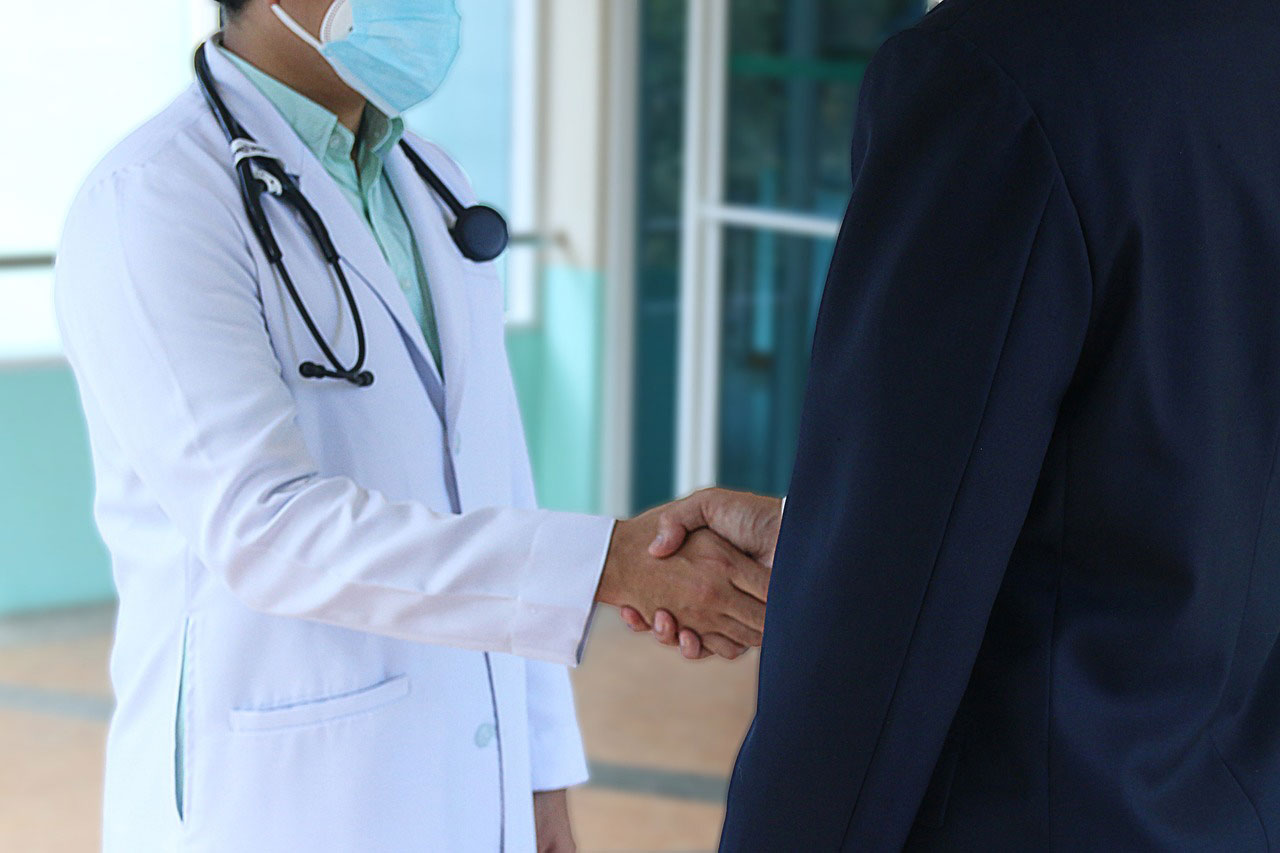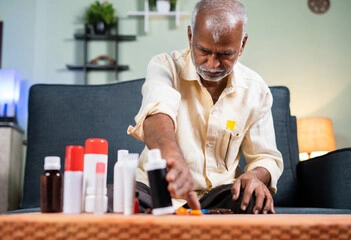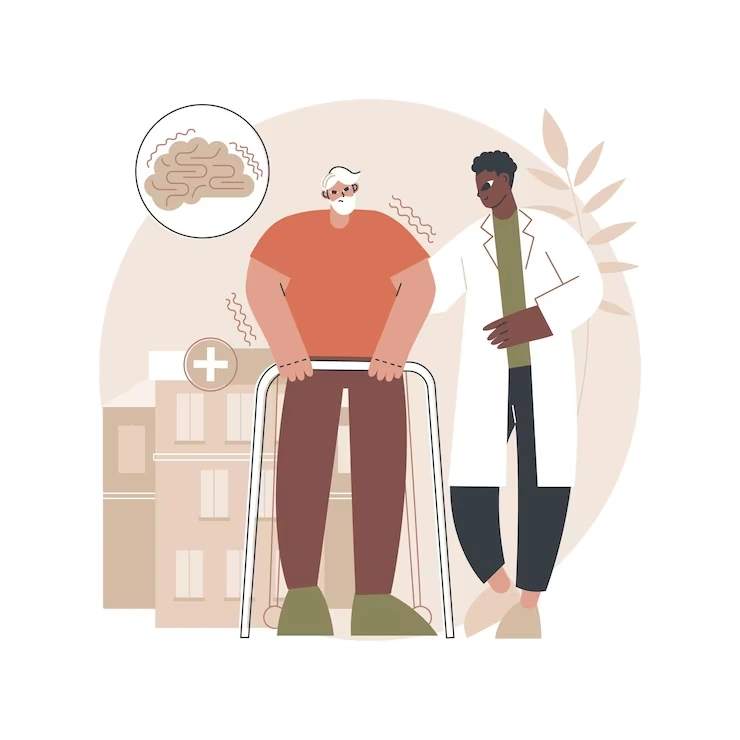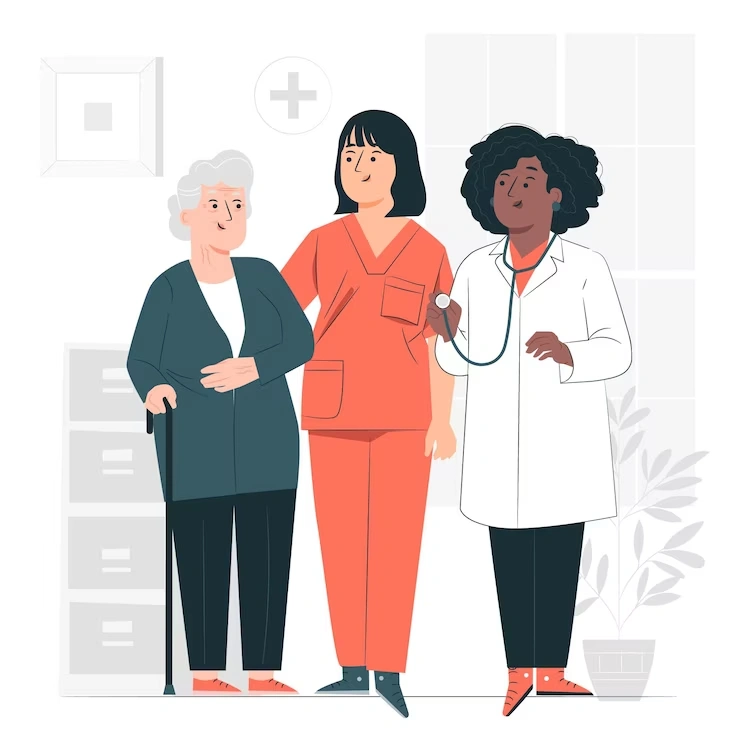The surge of teleconsultations and quality remote care
Telemedicine's use has grown exponentially over the last 20 years. Telehealth refers to the use of digital technologies for information and communication to access and manage healthcare services remotely. Mobile devices and computers such as smartphones and tablets are examples of technologies.
Contrary to popular belief, virtual health care, also referred to as telemedicine or telehealth, is much more than a low-cost digital substitute for in-person care. When used correctly, it improves the health of patients while decreasing costs.
Telehealth, also known as e-health and otherwise m-health (mobile health), has the following objectives:
Make health care more accessible to individuals who live in rural or remote communities.
Keep yourself and others safe. If you suffer from an infectious disease like COVID-19.
Provide primary care for a wide range of conditions.
Make services more accessible or convenient for people with limited mobility, time, or transportation.
Make medical specialists available.
Improve communication and care coordination between members of the health care team and the person receiving care.
Provide guidance on self-management of primary care.
The figures below show how telehealth has grown significantly during and after COVID-19.
According to a survey, 85% of healthcare professionals in India integrated telehealth into their practice during the pandemic.
According to Merritt Hawkins' survey, 48% of health providers have chosen telehealth to treat their clients.
When referred to March 2019, telehealth care visits were up by 154% in March 2020. (CDC).
According to a study conducted, the global telehealth market is expected to be worth USD 73.2 billion by 2026.
Telehealth services hold the promise of enhancing the customer experience of treatment and population health, lowering the per capita costs of health care, and enhancing the satisfaction of providing it. In addition to basic, conventional healthcare matters, medical professionals are beginning to use technology in highly developed fields like cardiology, dermatology, psychiatry & behavioral health, gastroenterology, communicable disease, rheumatology, oncology, & peer-to-peer mentoring.
Source: https://hbr.org/2022/05/the-telehealth-era-is-just-beginning, https://www.mayoclinic.org/healthy-lifestyle/consumer-health/in-depth/telehealth/art-20044878,https://techonomy.com/what-does-the-surge-in-telemedicine-really-mean, https://www.bestdocapp.com/8-benefits-of-telehealth-for-providers/,https://www.annualreviews.org/doi/10.1146/annurev-publhealth-090519-093711
Disclaimer: Healthy Wrinkles does not recommend or offer any medical diagnosis, treatment, or advice. The information provided here is only for the awareness of disease or ailment among individuals, caregivers, and the public. The advice of doctors, licensed professionals, or therapists who are knowledgeable about your particular situation should always be sought before using the information provided here. It should also not be used in the event of a medical emergency or for the diagnosis or treatment of any medical condition. If you want urgent assistance, contact a qualified medical professional. Additionally, the information represents the author's views and not those of Healthy Wrinkles.











